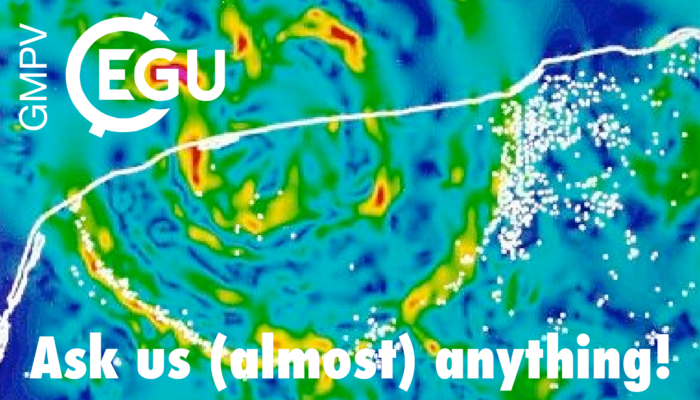
Doc Rock from twitter asks
Has anyone investigated the hypothesis that the Deccan Traps basalt flows came after, and were the result of, the Chixculub impact event, based on the DT basalts being on the exact opposite side of Earth at the time of the event?
For context, the Chixculub crater is buried under the Yucatan peninsula in Mexico, and resulted from a meteorite impact that is widely believed to be associated with the mass extinction at the end of the Cretaceous period. The Deccan traps is a massive flood basalt province in India, which formed at about the same time. So the question is, could a massive impact on the opposite side of the earth be responsible for causing the big basaltic eruption? It’s like when you play the first shot in snooker – you hit the front ball, but its the ball at the back of the triangle that moves.
I have no idea, so I reached out to Prof. Mark Richards at the University of California, Berkeley. He says:
Early on, after it became apparent that the Deccan Traps were erupted close to the K-Pg boundary, there were suggestions of antipodal triggering. But it soon became apparent that, according to plate reconstructions, Deccan was about 130 degrees from Chicxulub at the time, so that hypothesis was dropped.
So, when we go back in time and reconstruct the plate positions, the Deccan traps and Chixculub were not on opposite sides of the earth at the time of the impact, so this ‘antipodal triggering’ hypothesis doesn’t work. But, this doesn’t mean they were not related, the huge meteorite impact could have triggered volcanic eruptions worldwide, as Richards et al suggest in this paper.
In terms of the timing, the current best estimates suggest that Deccan was already erupting when the meteorite hit. So the impact wouldn’t have caused the eruption, but it might have helped.
Just to complicate things a little further, there has been some speculation that the ‘antipodal triggering’ model might be right, but we just aren’t looking at the right impact crater. Chixculub wasn’t directly opposite the Deccan traps 65 million years ago, but maybe there was another impact crater that was. This was suggested back in the 90s, based on some deposits from the middle of the Pacific ocean.
Do you have a question, related to geochemistry, mineralogy, petrology or volcanology that you want a answer to? I’ll try to be less ambiguous next time, ask it 👉 here 👈

Pingback: Geochemistry, Mineralogy, Petrology & Volcanology | ‘Job’ alert! GMPV is looking for a (deputy) early career scientist rep!